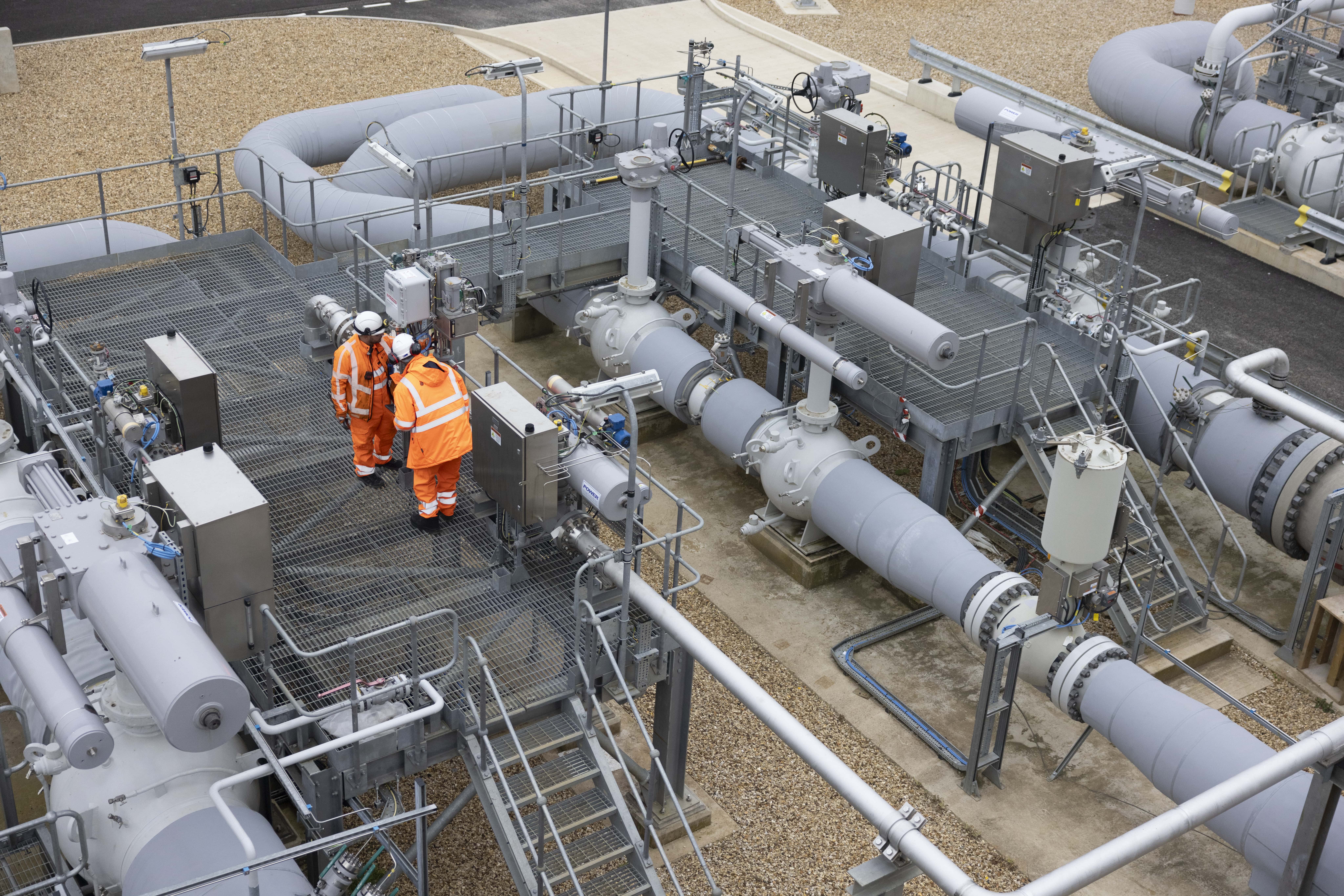23rd August 2023
HyNTS Protection

Through the Strategic Innovation Fund (SIF) process, we’re exploring different technologies that will support a hydrogen transition by halting or reducing the rate of hydrogen permeation into gas assets.
The National Transmission System (NTS) supplies gas to homes, businesses, and industry across the UK. To help us achieve the target of net zero by 2050, we’re looking to transition the network to carry hydrogen. However, because it varies in age, condition, and material composition, this means there is variation in its suitability to carry hydrogen.
Some materials found on the NTS may be prone to damage due to hydrogen exposure. While hydrogen is like natural gas in many ways, it can permeate pipeline steel and other asset materials more easily, which could lead to a reduction in pipeline life. Barrier coatings applied to the internal surface of the asset could help to mitigate this.
Through the Strategic Innovation Fund (SIF) process, we’re exploring different technologies that will support a hydrogen transition by halting or reducing the rate of hydrogen permeation into gas assets.
Through an initial Discovery phase project, we identified several potential candidate barrier coating materials and process options for surface preparation and coating deposition but identified a challenge with deploying the coatings inside the assets.
This was followed by an Alpha phase project which looked to develop innovative solutions to deposit barrier coatings onto prioritised gas assets, such as line pipe, welds, and above-ground equipment.
This included conducting feasibility studies investigating in-situ deposition techniques such as pipeline inspection gauges (PIGs) and robotics, alongside exploring the opportunities and costs associated with undertaking the coating process offline.
Through the project, we’ve found further evidence that the barrier coatings identified during the Discovery phase are effective at reducing hydrogen permeation. Alongside this, the feasibility assessments of in-pipe barrier deployment techniques have not indicated any insurmountable issues, however follow-on work to quantify the level of life extension conferred by hydrogen barrier systems was recommended.





